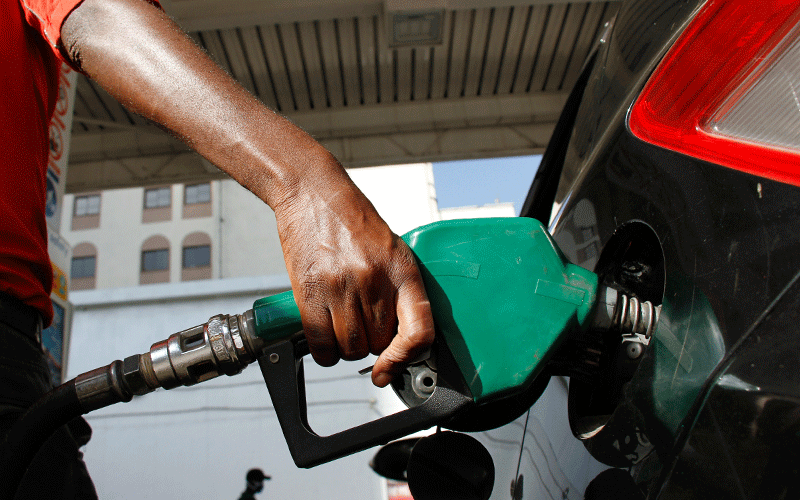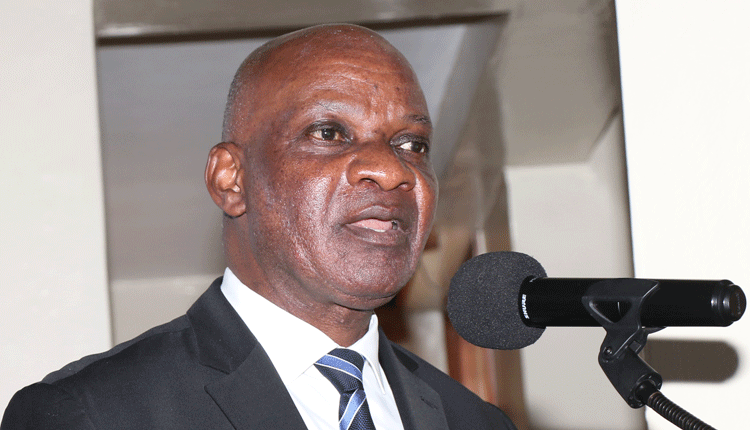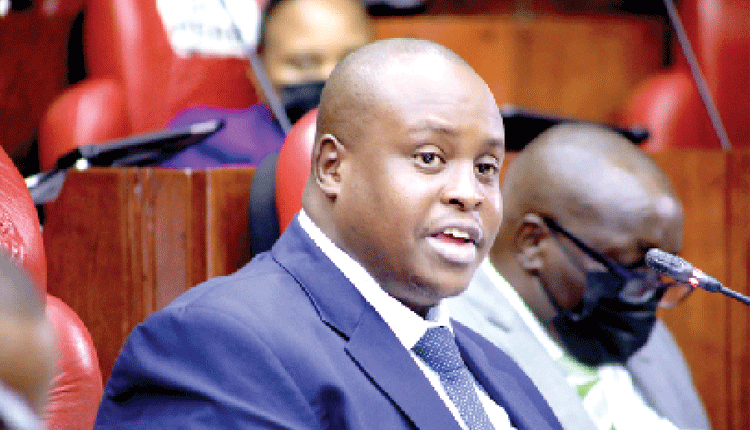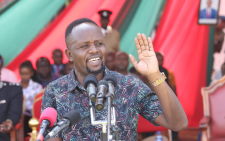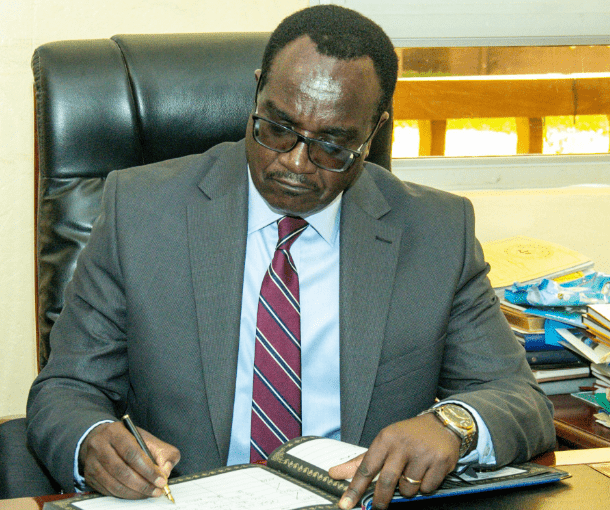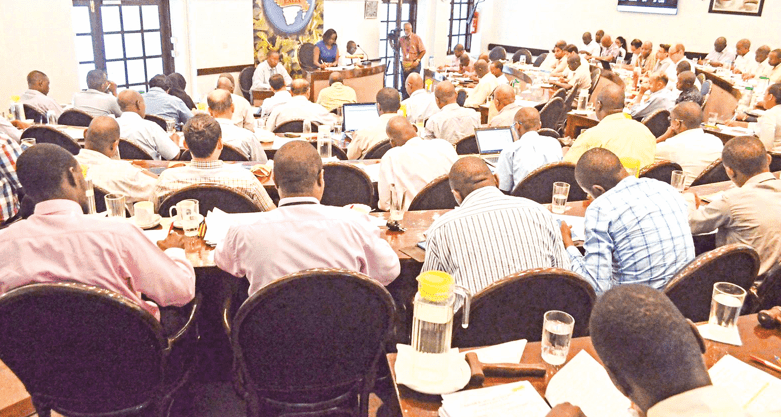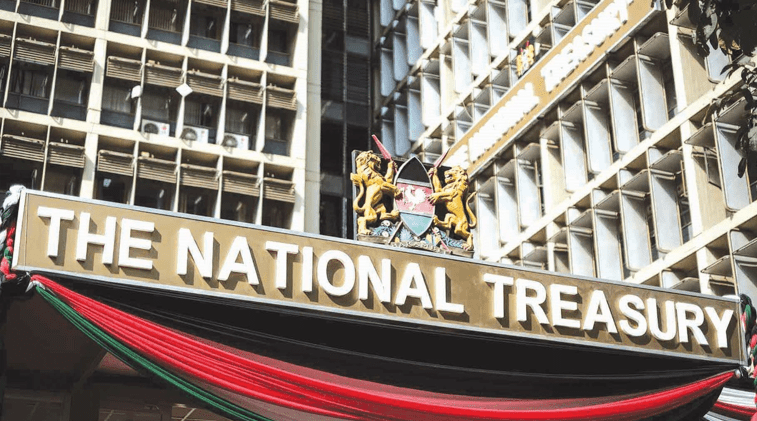Keter’s bid to justify rise in power prices hits snag
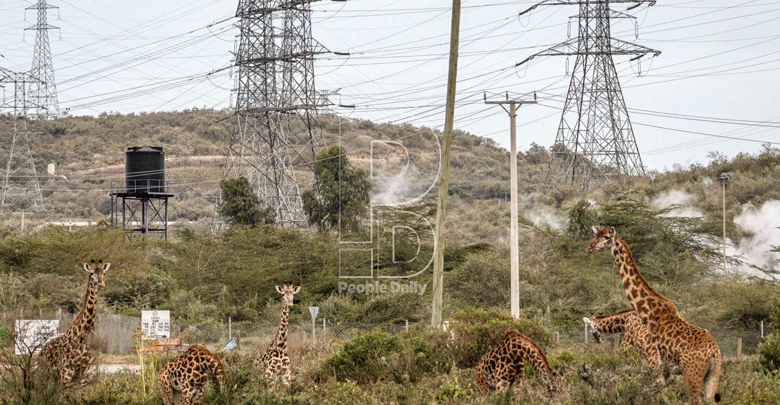
The Ministry of Energy attempted to justify continued purchase of expensive electricity from Independent Power Producers (IPPs) in Parliament, saying the deals signed with Kenya Power are meant to balance power demand and supply.
Speaking on Wednesday during a presentation to the National Assembly’s departmental committee on energy, Energy Cabinet Secretary Charles Keter said while the system peak demand is 1,994 MW, KenGen’s effective capacity is 1,715 MW, out of which 797MW is dependent on hydrological conditions.
Therefore, “the difference between peak demand – plus required reserve capacity – and KenGen capacity, is met by utilisation of IPPs,” he said.
Keter explained that IPPs cushion the country against utilisation of more expensive emergency power generation options during periods of poor hydrology.
However, Keter could not provide any legal backing for the Energy Act 2019, neither could he pinpoint the Act 2013 that anchors IPPs, and had to ask for more time to give appropriate response to the committee.
Sought more time
“I seek more time to study the two Acts and provide the exact provision that we used to sign power purchase agreements with 19 IPPS,” said Keter
The committee is conducting a public hearing following a request by Garissa Township member of Parliament Aden Duale to inquire into PPA between Kenya Power and IPPs, saying the rates area inflated
IPPs were introduced in 2000 in an emergency plan to sustain electricity supply during droughts, and are currently beneficiaries of a business model that compensates them fully for fuel they use in operations.
In March, the Energy Petroleum and Regulatory Authority (EPRA) increased fuel levy from Sh2.75 to Sh3.75 to compensate the IPPs for the cost of diesel used to generate electricity, sparking outrage from consumers forced to shoulder the extra cost.
Value for money
On value for money in the engagement of IPPs by KPLC, Keter said generation of power involves huge capital outlays that prompted the State to consider different modes of financing that best suit its need and deliver additional power to the country.
Historically, the government has been funding infrastructure projects through public financing deals that involved direct borrowing, however, this model has been dropped due to competition for financial resources.
“This option grew less attractive with increased Government needs amidst limited resources and increased power supply requirements.
Consequently, the IPPs became a viable alternative that the government has, to successfully increase electricity generation,” said Keter.
Through the Ministry of Energy, the government has been involved in planning for power supply in the country over the years through the Least Cost Power Development Planning (LCPDP) process.
The current LCPDP 2020-2040 projects an average growth in electricity peak demand of 5.4 per cent annually, from an estimated 2,078MW in 2021 to 5,526MW by 2040.
“Installed grid generation capacity is expected to increase from 2,654MW in 2020 to 8,186MW in 2040. The additional power capacity required, of 5,532 MW will be met from both KenGen and IPPs,” he said.
Of the IPPs, Iberafrica with a capacity of 56MW ended in 2019, Tsavo Power’s 74MW will end in September 2021 and Kipevu Diesel’s 60MW runs until July 2023. Others with long term contracts will run their course until 2032.
